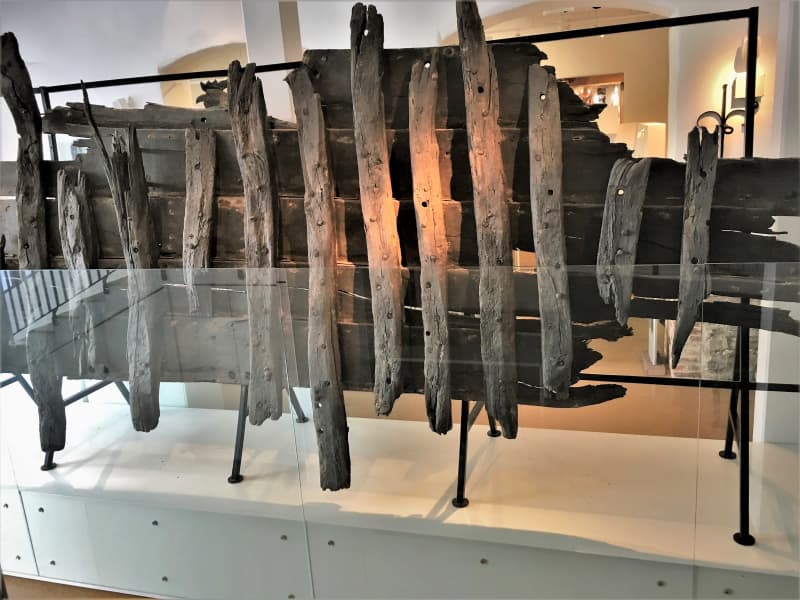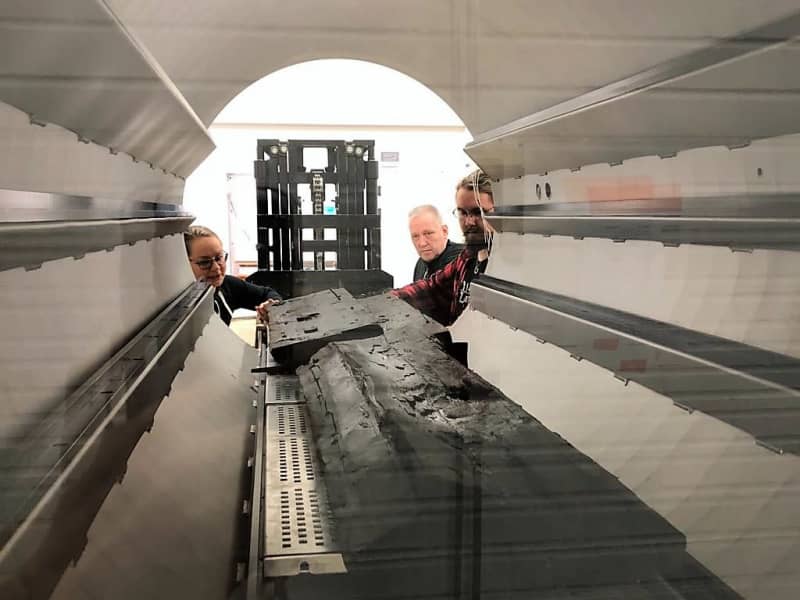
The remains of a wreck discovered in 2019 have been conserved by the National Board of Antiquities. The next step is months of freeze-drying.
A wreck dating back to the 17th century was discovered in 2019 during excavations at a construction site in Oulu, and now the study has moved on to a new stage as parts have begun to be frozen at the National Museum.
Vacuum drying is used to dry the parts so that they retain their shape as well as possible and do not crack or warp. This method is specifically designed for archaeological wood material and can take a few months. After that, the separated parts of the wreck can be assembled into actual exhibits.
– The assembly is then a separate job and for that we design a support structure or frame on which it is then built,” Ahverdov says.

The preserved part is about seven meters wide and twenty meters long. The Museum Agency plans to conserve only part of the wreck’s materials. However, the parts that remain unconserved are carefully documented and, for example, three-dimensional models have been made of them, which can also be viewed on the National Museum Agency’s website.
Diverse research site opens up whole new avenues in marine archaeology
At the same time as the conservation of the parts, research is progressing to find out the origin and exact timing of the wood used in the wreck. By examining the annual logs of the wreck’s construction trees, the youngest trees have already been dated to 1684. Now we are trying to find out, for example, how long the wooden parts have been waiting for the construction of the ship and how the repairs made to the ship could be scheduled.
– An interesting and extensive research community has grown out of this, Elisa Ahverdov says.

In addition to the National Museum’s own marine archaeologists, there have been, among other things, a ship carver analyzing the pieces and their traces of processing, an entomologist who has determined the traces of insects in the wood, and forest ecologists who have determined the age of the wood used in the wreck.
Based on its location, the ship named Hahtipära’s wreck was a type of lime-boarded pilot, i.e. a transport ship that could be used in shallow water. It was found under the backyard during the renovation work of the Radisson Blu hotel. The area was once the port of Oulu, which eventually fell out of use due to land uplift.
The ship’s bow and stern had apparently already been destroyed during construction excavations carried out earlier on the site. Some of the ship’s sides had also rotted over the years, but in the wet sand and oxygen-free conditions, there was still a part about four meters long and one and a half meters wide that could be preserved.
After processing, the exhibition pieces removed from the shipwreck will be exhibited at the North Ostrobothnia museum and at the Radisson Blu hotel next to the discovery site.
*You can listen to the interview with National Museum conservator Elisa Ahverdov below.*
